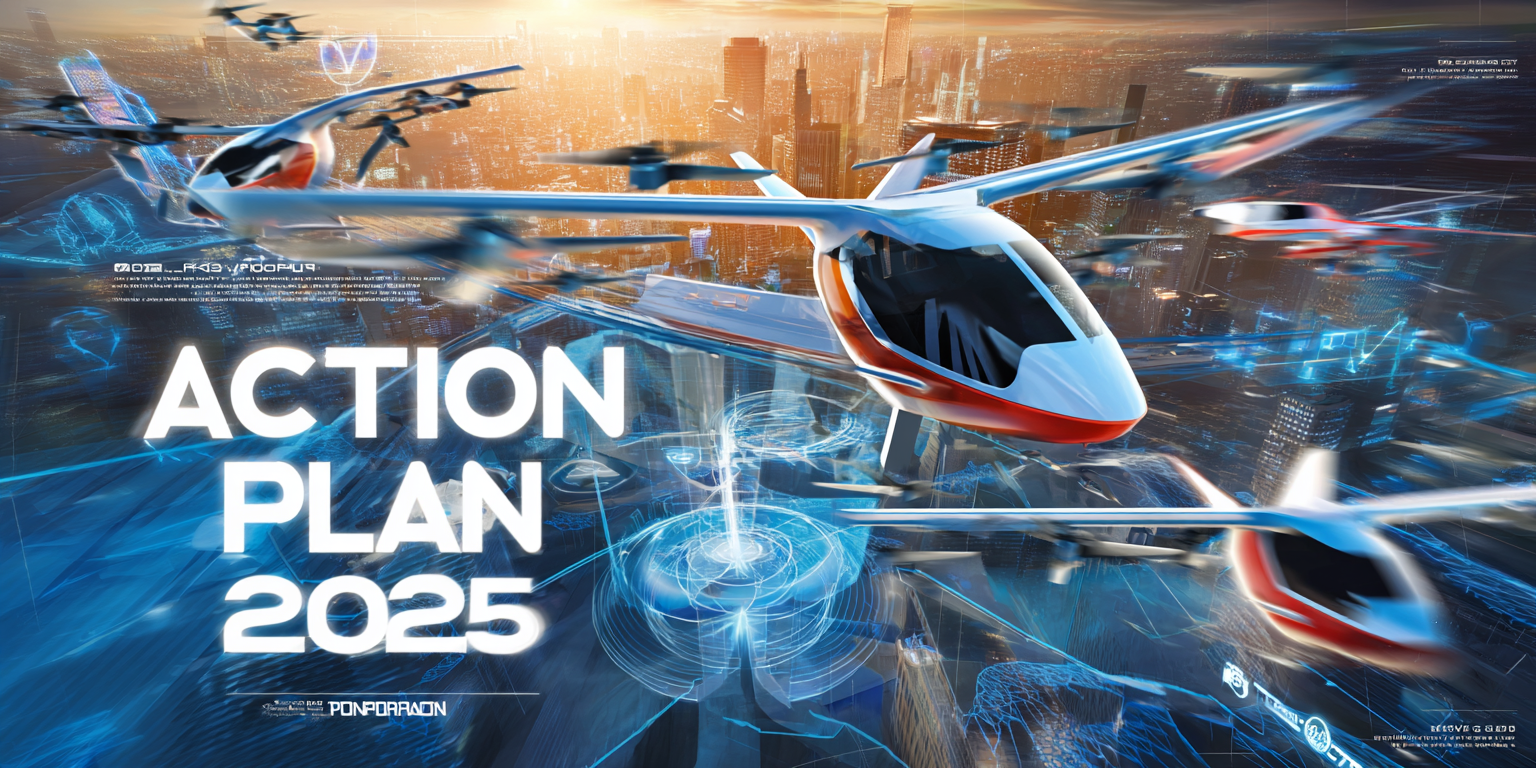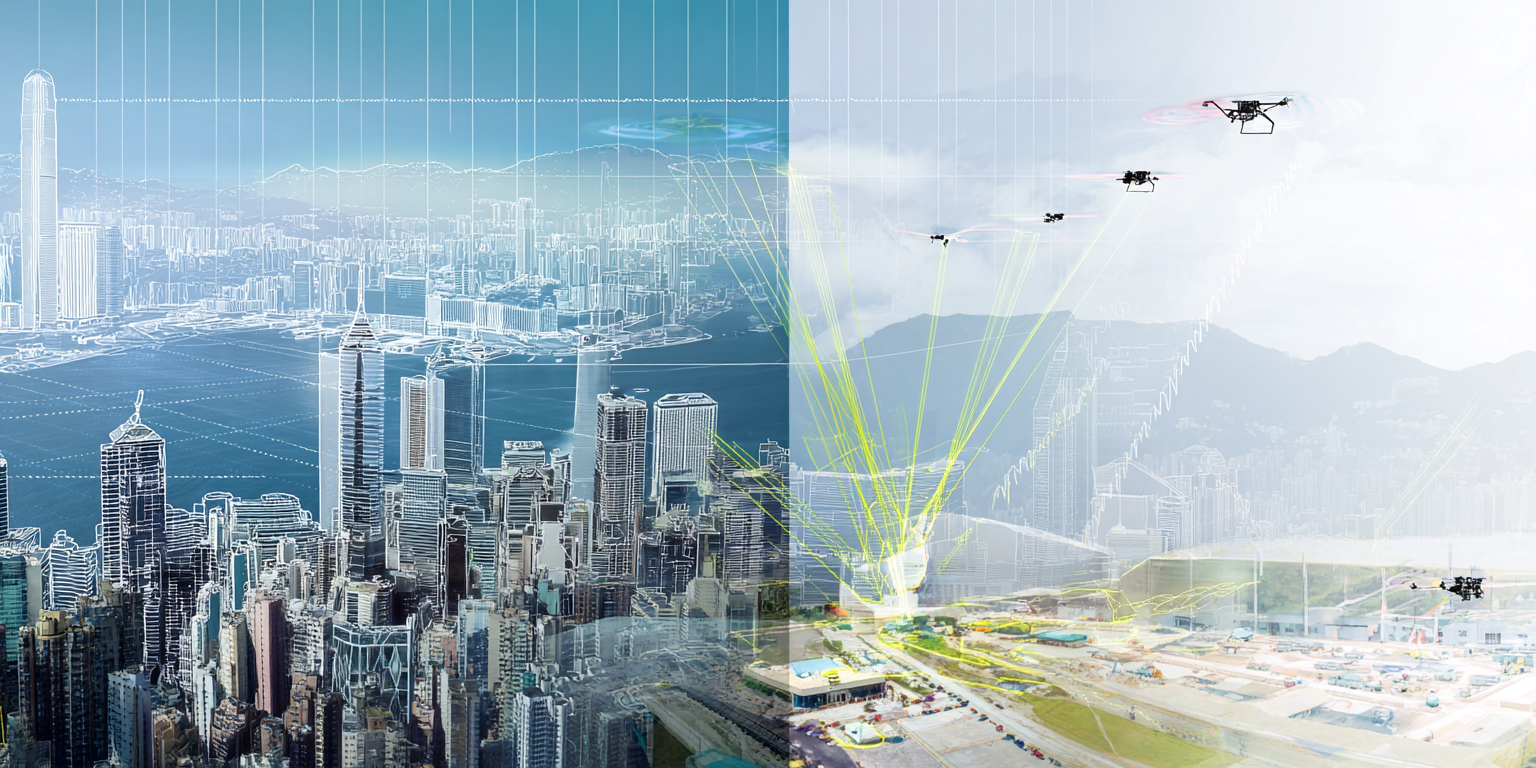The advent of electric vertical takeoff and landing (eVTOL) aircraft has brought urban air mobility closer to reality. As manufacturers develop innovative designs, aviation authorities worldwide are establishing certification criteria to ensure the safety and airworthiness of these novel aircraft. The Federal Aviation Administration (FAA) and the European Union Aviation Safety Agency (EASA) have recently unveiled new certification standards for eVTOLs, aiming to harmonize requirements and streamline the approval process. However, notable differences exist between their approaches, while China's Civil Aviation Administration (CAAC) has taken a more accelerated path to certification.
Harmonization Efforts and Certification Pathways
The FAA and EASA have collaborated to align their certification standards for eVTOL aircraft, recognizing the importance of a harmonized approach for manufacturers seeking approval in both markets. The FAA's Advisory Circular (AC) 21.17-4 establishes a more efficient certification process, drawing from existing regulations like Parts 23, 27, 33, and 35 and tailoring them to the unique characteristics of powered-lift and eVTOL aircraft[1]. This marks a departure from the previous case-by-case approach, providing a more straightforward pathway for manufacturers.
Key Differences in Certification Criteria
Despite efforts to harmonize standards, the FAA and EASA have some notable differences in their certification criteria for eVTOLs:
- Weight and Passenger Limits: The FAA's AC 21.17-4 applies to powered-lift aircraft up to 12,500 lbs with a maximum of six passengers. EASA's SC-VTOL Issue 2 has increased the maximum certified takeoff mass to around 12,500 lbs (5,700 kg).
- Safety Targets: EASA mandates a 10^-9 probability of catastrophic failure for all commercial passenger eVTOLs, whereas the FAA has proposed a draft safety continuum with failure probabilities ranging from 10^-6 to 10^-9 based on passenger numbers.
- Certification Approach: The FAA is certifying eVTOLs as a "Special Class" under 14 CFR 21.17(b), while EASA has developed a dedicated Special Condition (SC-VTOL) specifically for eVTOL aircraft.
Implications for eVTOL Development and Testing
The new certification criteria will significantly shape the design and testing processes for eVTOL manufacturers. Key considerations include:
- Designing within specified weight and passenger limits while meeting safety targets.
- Addressing criteria for bird strike protection, ditching provisions, electrical wiring, and battery systems.
- Developing comprehensive testing plans to demonstrate compliance, likely involving scaled prototypes and extensive flight testing.
Manufacturers must navigate these requirements to bring their eVTOL concepts to market. The certification process will demand rigorous testing and validation to ensure the safety and reliability of these innovative aircraft. Collaboration between manufacturers and regulatory authorities will be crucial in refining the certification criteria and establishing best practices for eVTOL development and testing.
China's Accelerated Approach: Benefits and Risks
China's CAAC has taken a more flexible and accelerated approach to eVTOL certification, which offers potential benefits and risks that could influence global strategies:
Benefits:
- Faster commercialization and market adoption, giving Chinese manufacturers a first-mover advantage.
- Attracting investment and fostering innovation in China's urban air mobility sector.
- Pressuring the FAA and EASA to streamline their certification processes.
Risks:
- Potential compromises in safety and reliability compared to more stringent FAA/EASA requirements.
- Limited international recognition and market access for Chinese-certified eVTOLs.
- Insufficient operational data from early Chinese operations to fully validate safety and reliability.
As the industry responds to China's rapid progress, balancing swift innovation with ensuring the safety and reliability of eVTOLs will be crucial. Global collaboration on harmonized standards, best practices, and lessons learned will be vital in enabling safe, efficient, and accessible urban air mobility worldwide.
How manufacturers are adapting to the new certification criteria.
To expand on the suggestion and provide more specific examples of how manufacturers adapt to the new certification criteria, I've researched several real-world eVTOL development and testing cases. These examples offer valuable insights into the industry's challenges and opportunities as they navigate the evolving regulatory landscape.
Joby Aviation
Joby Aviation, a leading eVTOL manufacturer, has been working closely with the FAA to certify its flagship model. In March 2024, the FAA released final guidelines for the type certification of Joby's air taxi, classifying it as a powered-lift vehicle and requiring special airworthiness criteria[15]. Joby has been actively engaged in the certification process, adapting its development and testing to meet these new requirements.
The company has conducted extensive flight testing, including a recent test that registered the fastest eVTOL speed in history at 205 miles per hour[6]. Joby's proactive approach to working with the FAA and its commitment to rigorous testing demonstrate how manufacturers adapt to the new certification criteria while pushing the boundaries of eVTOL technology.
Archer Aviation
Archer Aviation is another eVTOL manufacturer working to adapt to the new certification criteria. The company's Midnight five-seat eVTOL aircraft is designed to carry four passengers and one pilot for up to 60 miles at up to 150 mph[6]. Archer has collaborated with the FAA to ensure its aircraft meets the necessary certification requirements.
In response to the FAA's new criteria, Archer has focused on designing within the specified weight and passenger limits while meeting the required safety targets. The company has also been developing comprehensive testing plans to demonstrate compliance with the new regulations.
Eve Air Mobility
Eve Air Mobility, a subsidiary of Embraer, has recently released its proposed airworthiness criteria for public consultation in Brazi]. This move showcases the company's proactive approach to adapting to the evolving certification landscape. By engaging with the Brazilian aviation authority (ANAC) and seeking public feedback, Eve is working to ensure its eVTOL design meets the necessary certification requirements.
Eve has also formalized the type certification validation process with the FAA, demonstrating its commitment to achieving concurrent validation and adhering to the new certification criteria. The company's comprehensive approach to certification, including collaboration with multiple aviation authorities, highlights the challenges and opportunities eVTOL manufacturers face as they navigate the global regulatory environment.
As the eVTOL industry continues to evolve, manufacturers must remain agile and adaptable to navigate the challenges and opportunities presented by the new certification criteria. By learning from the experiences of companies like Joby Aviation, Archer Aviation, and Eve Air Mobility, other eVTOL manufacturers can gain valuable insights into the strategies and approaches needed to bring their innovative aircraft to market successfully.
Conclusion
The new certification criteria from the FAA and EASA represent a significant milestone for the eVTOL industry, providing a more straightforward pathway for manufacturers to bring their innovative designs to market. However, differences between the FAA and EASA's approaches and China's accelerated certification process highlight the ongoing need for global harmonization and collaboration to ensure appropriate safety standards are met as this transformative technology advances. The implications for eVTOL development and testing are substantial, requiring manufacturers to carefully navigate the evolving regulatory landscape while pushing the boundaries of aviation technology. As the urban air mobility revolution takes flight, the collective efforts of regulators, manufacturers, and other stakeholders will shape the future of transportation in our cities and beyond.




